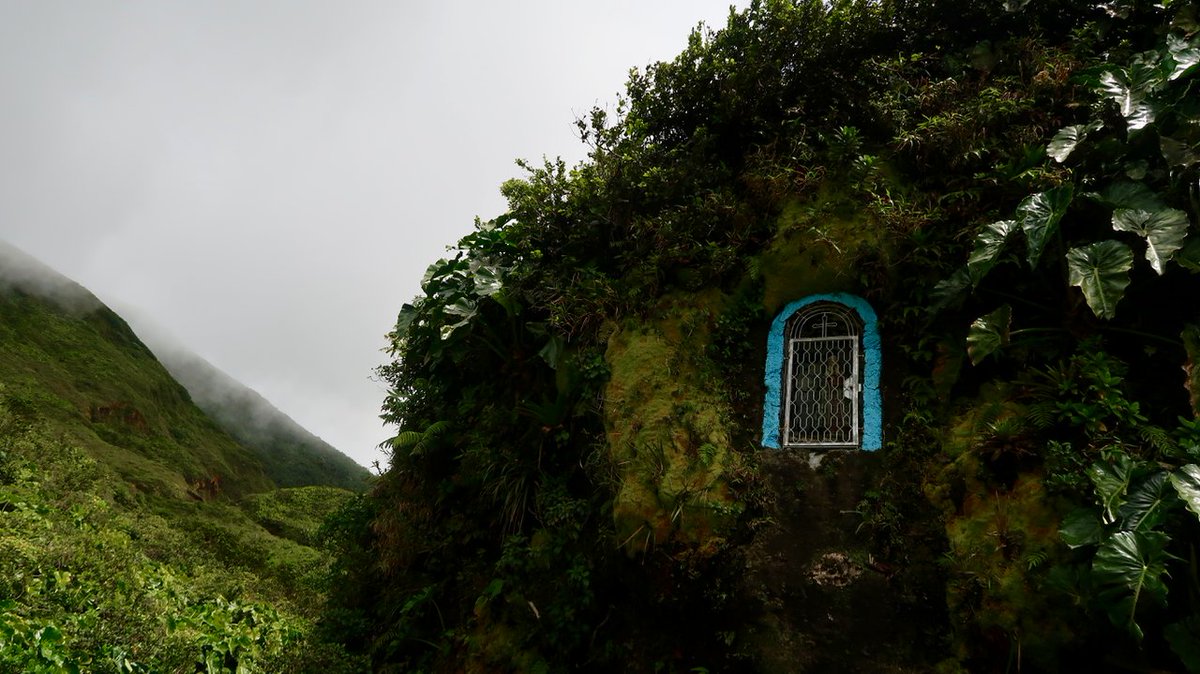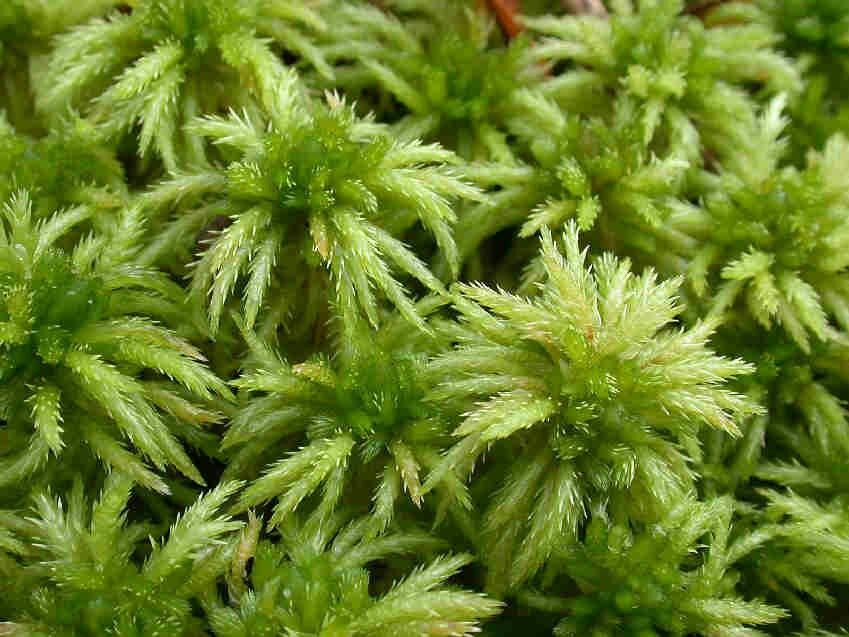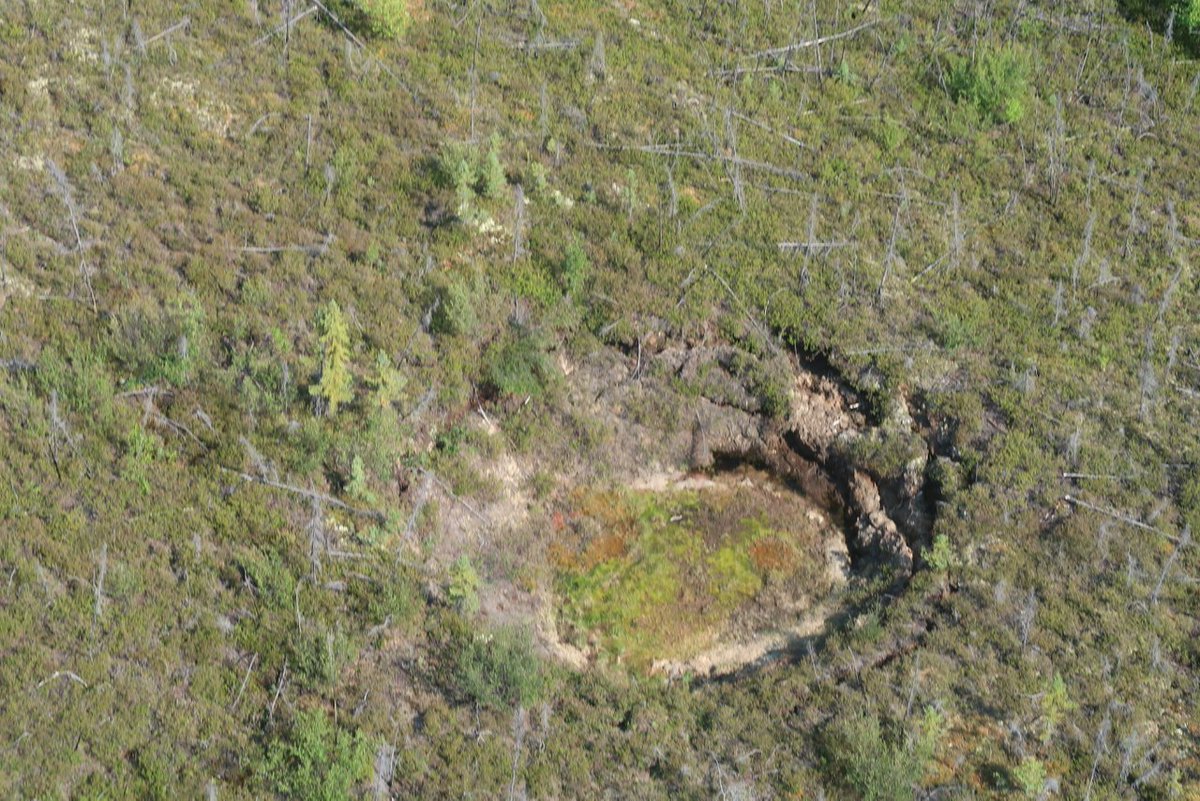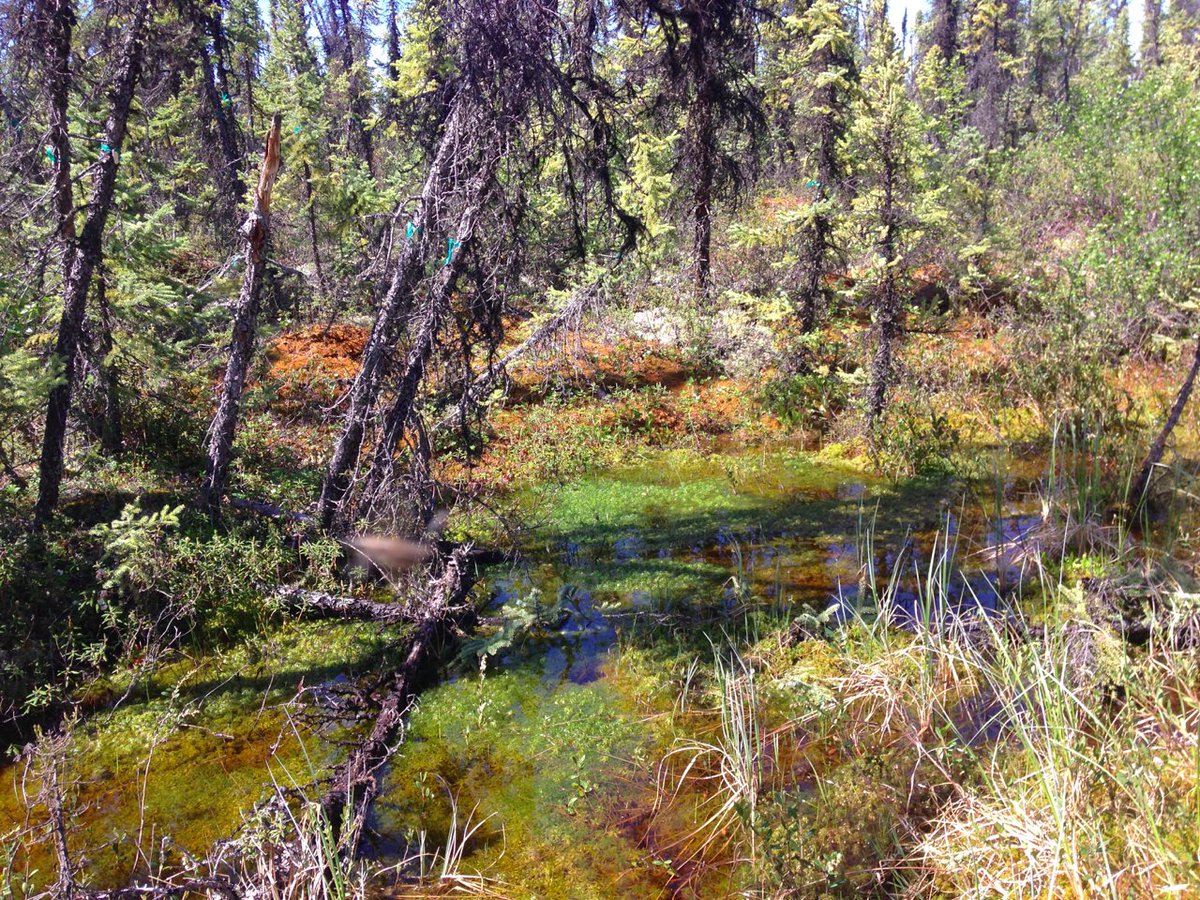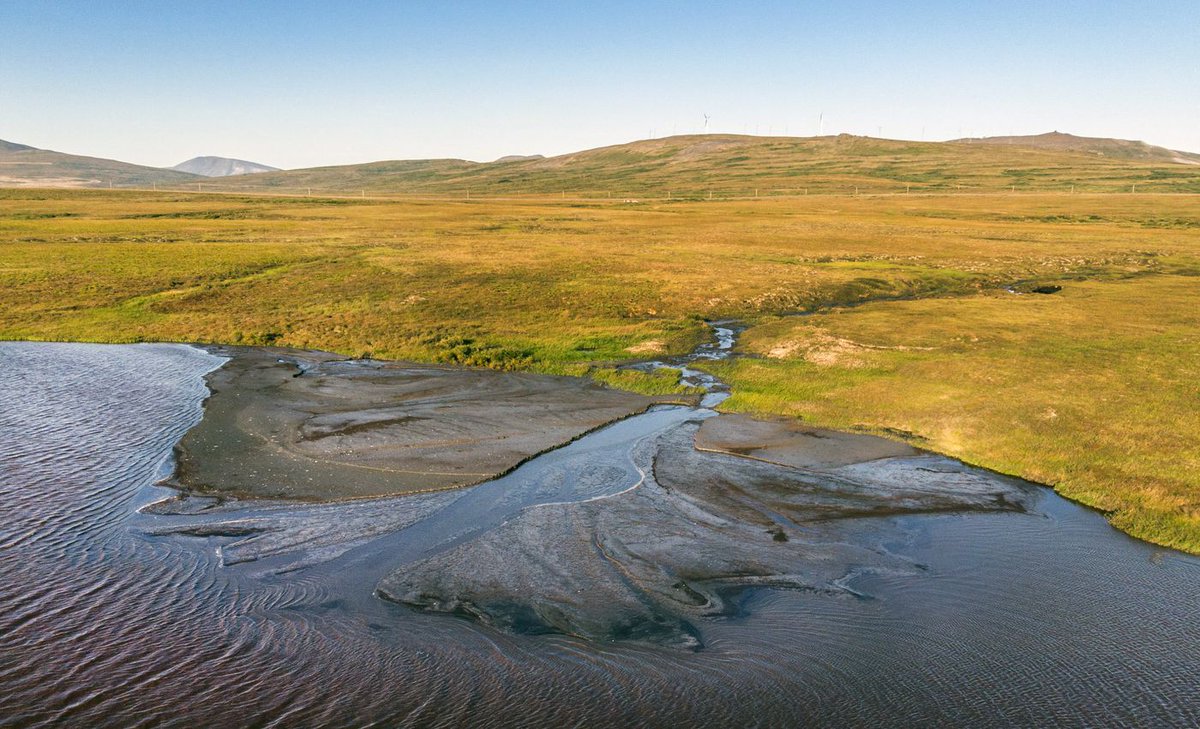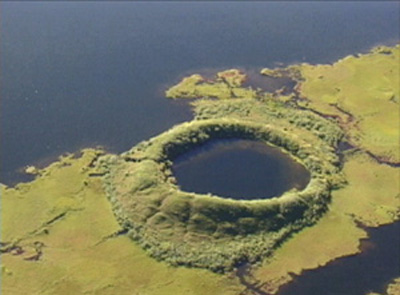
Permafrost thaw is about WAY more than carbon and climate. From impacting caribou to mobilizing mercury and legacy arsenic from gold mining, many thaw impacts are not conceptualized yet let alone understood. Below shows how pockmarks of thaw can consume entire forests. 1/ 

How can permafrost thaw consume whole forests or trigger landslides? The answer is simple yet so complex. Ground ice. Thaw of ice-rich permafrost causes drama. Peek inside permafrost to view gorgeous ice wedges in Alaska's #permafrosttunnel. Stunning. 2/
https://twitter.com/Thomas_Douglas/status/1363255073527140353
Ground ice content in the permafrost drives what happens after thaw. Check out this awesome visualization. On the left is what happens when ice-rich permafrost warms up. The literal backbone of the Arctic disappears. 3/
https://twitter.com/Permafrostee/status/1149073601062211584
Main message- not all permafrost is created equal when it comes to impacts after thaw. What are those impacts? Let's take a tour, starting with @forestecogrp and me talking about 🔥+ thaw and what it means for caribou and caribou food (#lichens!). 4/
Thaw of ice-rich permafrost means travel across land becomes difficult, impossible, or dangerous. Travel on water also can become impeded by erosion such as this slide on the #Mackenzie River 🇨🇦. Boating routes or fishing areas used for generations impacted by a single event. 5/ 

Want to see what a landslide looks like in the Arctic? This video is insane. As the permafrost "glue" thaws, the top layer of land literally detaches from what is underneath and triggers the slide. Video from scientists in Denali National Park. 6/
Unfortunately I need to talk about more alarming issues we are going to face with permafrost thaw. Let's talk about contaminants and what else is stored in permafrost OTHER than carbon. But first I need to break for a @BNZ_LTER meeting... 7/
Permafrost organic matter is sticky when it comes to contaminants. As a result, permafrost stores globally significant pools of mercury. After thaw, mercury can make its way into aquatic systems (fire, erosion, etc.) where it can be methylated. Bad news for Arctic food chains. 8/ 

Just like carbon, not all of the stored pools of mercury or other contaminants will be vulnerable for release. But clearly some contamination of Arctic fish right now stems from past and ongoing permafrost thaw. 9/
A final example of the impermanence of permafrost. The >200,000 tons of arsenic trioxide dust stored underground near Yellowknife is from historic gold mining. It was buried in permafrost. With thaw, plan B is to use coolants to keep that arsenic out of groundwater. Crikey. 10/10 

• • •
Missing some Tweet in this thread? You can try to
force a refresh

